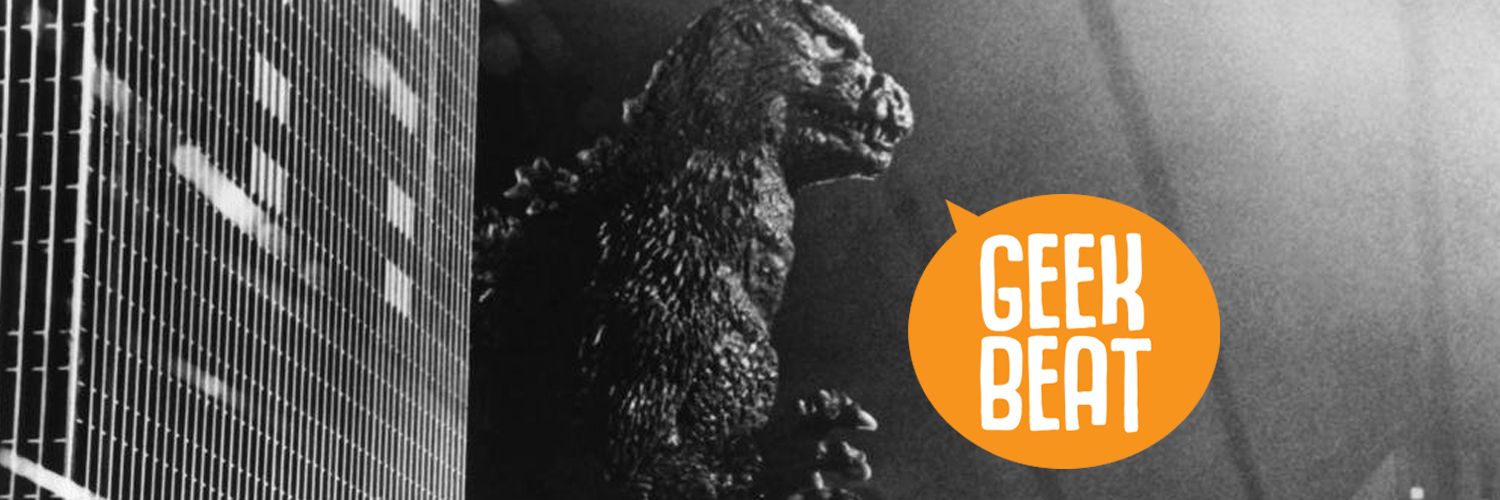Geek Beat #20 - The Evolution of 1954 Gojira to the Godzilla of Today

Genre: Kaiju (giant monster)
Director: Ishiro Honda
Release date: October 27, 1954 (Japan)
Box Office: $562,711

Released in 1954, Godzilla holds the distinction of being one of the first Japanese kaiju films and the longest running film franchise to date. An American edit was released shortly after the original Gojira release, with an unedited and subtitled version being released in 2004. The original Japanese film, however, solidifies Gojira (Americanized as Godzilla) into one of the most notorious kaiju invented.

Inspired after the United States tests a hydrogen bomb on Bikini Atoll and the end of World War II, Godzilla serves as an allegorical warning to the dangers of nuclear power. After American nuclear weapons testing awakens a dinosaur-like creature from the sea, Godzilla wreaks havoc on the citizens of Tokyo through his colossal size and radioactive breath.

Since the 1954 birth of Gojira, this imposing kaiju has evolved both in character and the message of warning he brings. At his inception, Godzilla stood at 50 meters. Today after 32 sequels, Godzilla stands at an imposing 110 meters. The warnings of nuclear catastrophe have also evolved from what is known as the Showa era of Godzilla films. Godzilla squares off against alien invaders and nemesis King Ghidorah. The Godzilla Heisei period imbues a darker, Cold War era ambience with environmental undertones.

The post Millennium era Godzilla of today with newly released Godzilla: King of the Monsters continues the evolution of this epic kaiju creation with Godzilla an asset instead of a threat to humanity. The real looming threat is not the giant lizard with glowing scales, it’s the health of our planet and ultimately, ourselves. Godzilla continues to evolve from its 1954 roots and will continue to do so with each iteration of the classic beast.
